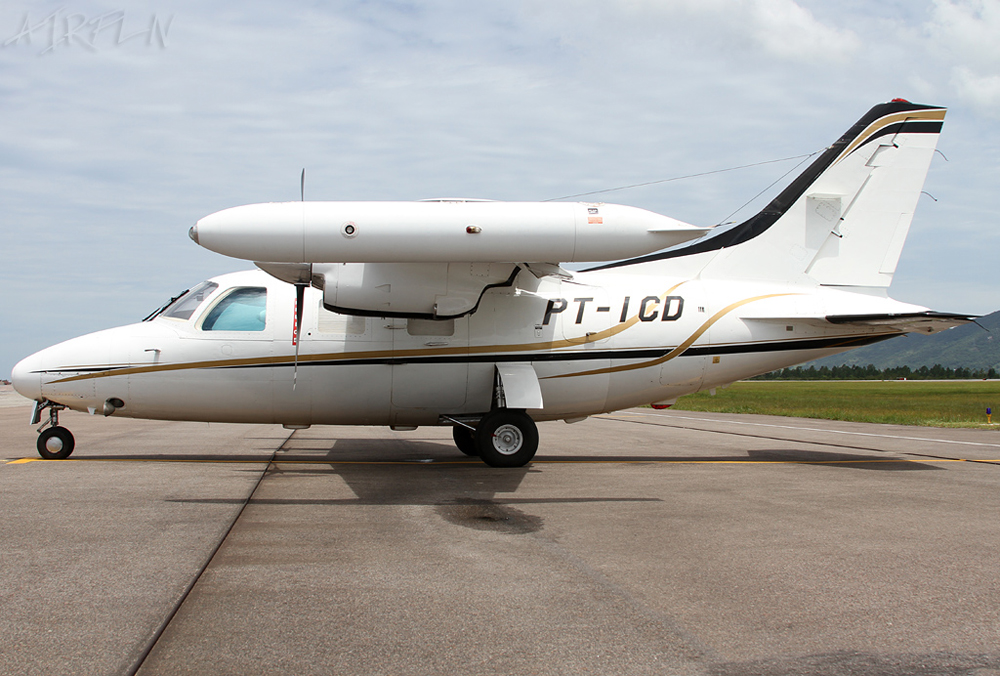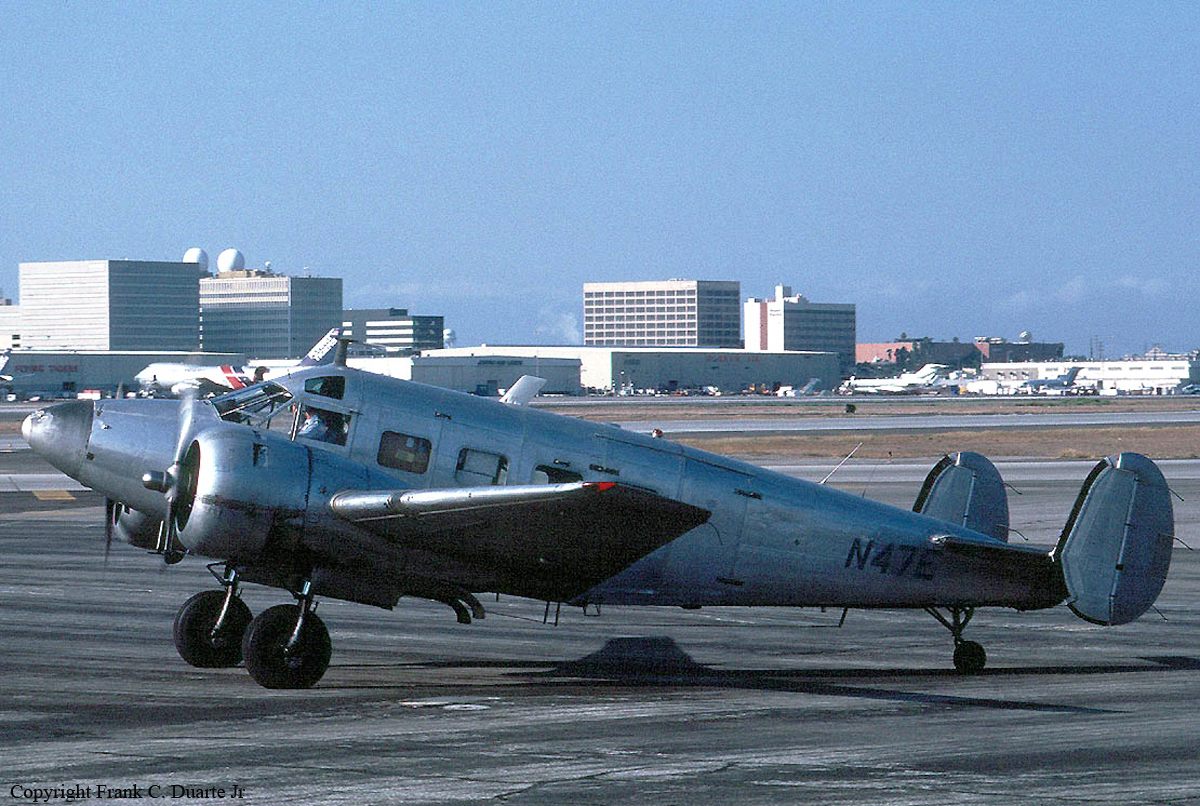Crash of a Beriev BE-12NKh off Yuzhno-Kurilsk
Date & Time:
Mar 30, 1993
Registration:
65 yellow
Survivors:
Yes
Schedule:
Yuzhno-Sakhalinsk - Yuzhno-Kurilsk
MSN:
9 6 014 03
YOM:
1969
Crew on board:
4
Crew fatalities:
Pax on board:
34
Pax fatalities:
Other fatalities:
Total fatalities:
0
Circumstances:
The crew miscalculated speed and propeller pitch on approach to Yuzhno-Kurilsk. The seaplane landed at an excessive speed and while making a right turn in shallow water (1,6 metre deep), the right float struck the water surface and was torn off. In the meantime, the aircraft collided with a sandbank, causing a tear in the fuselage. Water entered the cabin and the aircraft came to rest about 20 metres from the shore. All 38 occupants escaped uninjured and the aircraft was damaged beyond repair.
Probable cause:
Poor approach planning and poor landing techniques on part of the crew.







